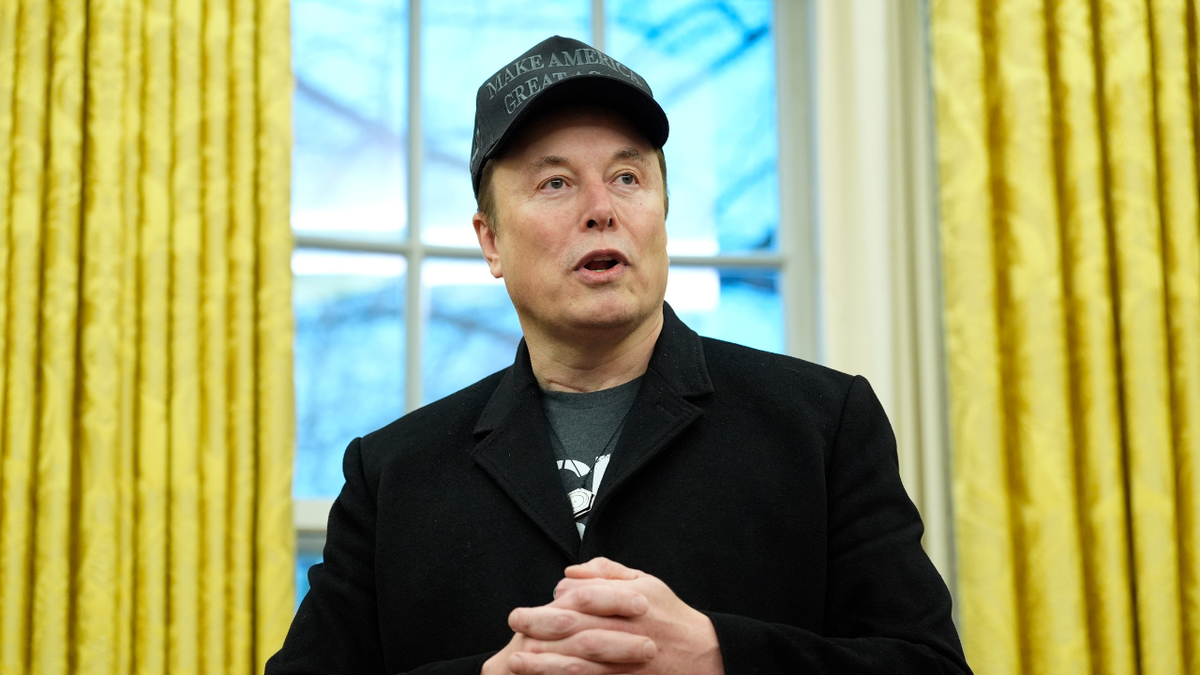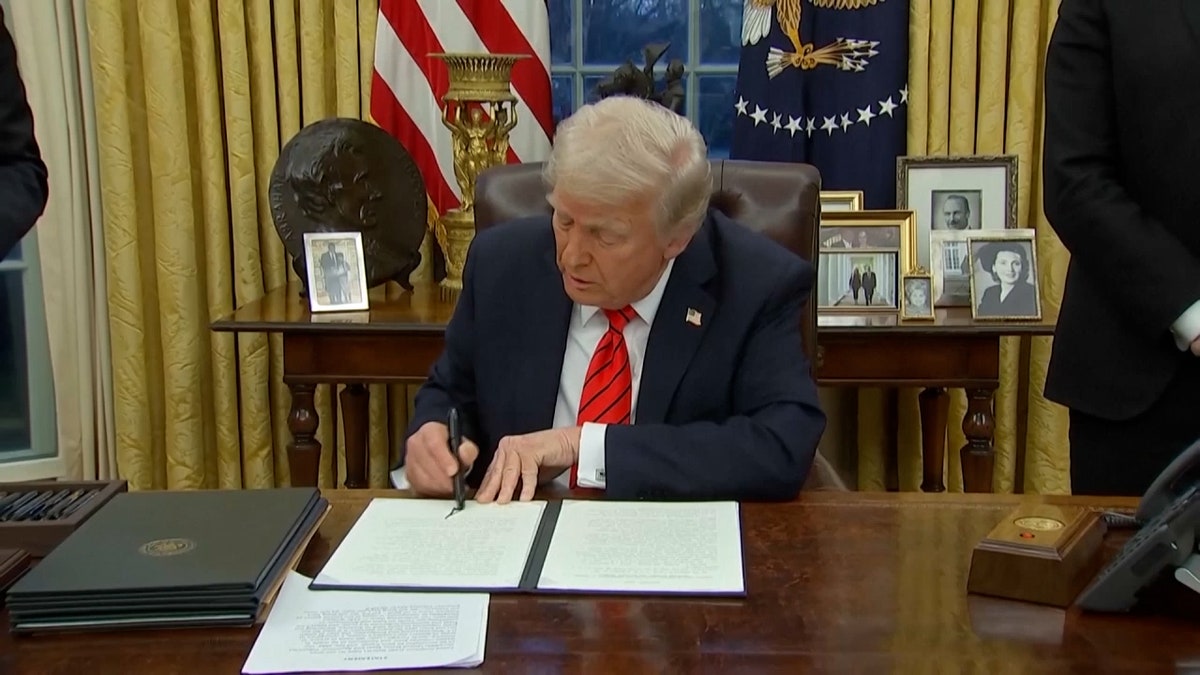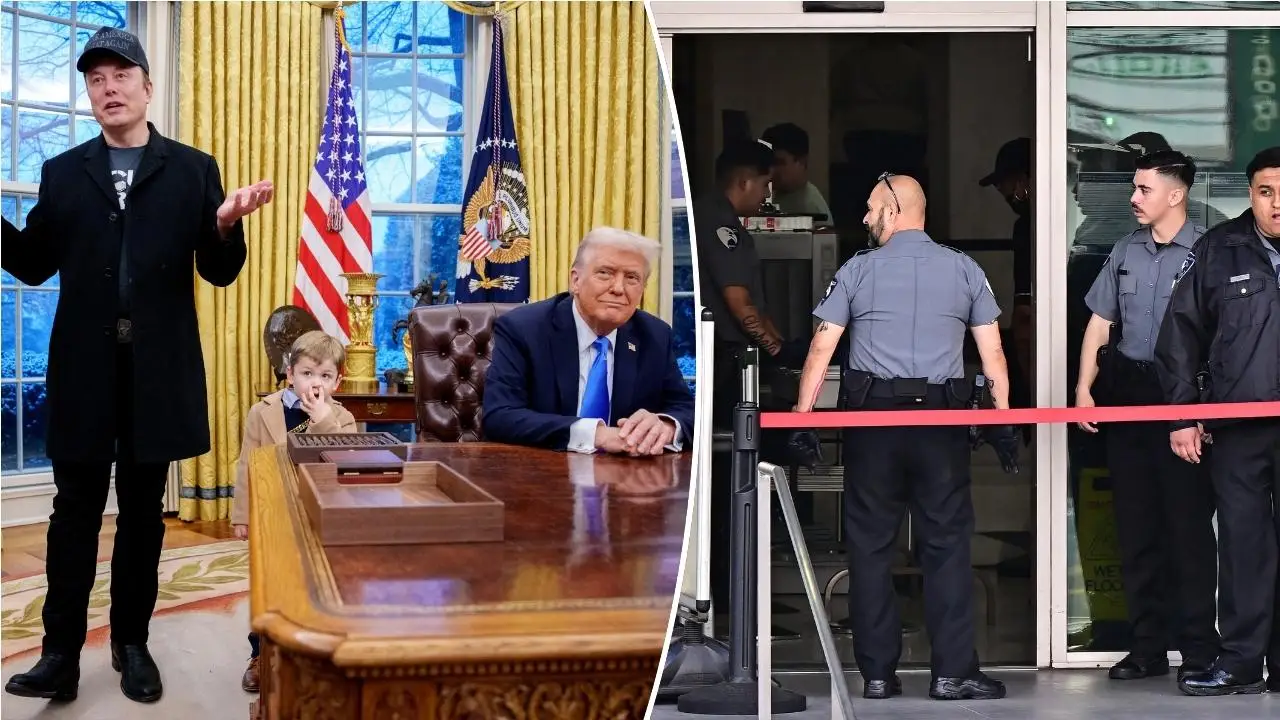Trump administration offers buyouts to federal employees
Fox News’ Peter Doocy reports the latest on the offer from the White House. Doocy and the ‘Fox & Friends’ co-hosts also discuss the decision to pull Gen. Mark Milley’s security detail and Karoline Leavitt’s first White House press conference.
Under President Donald Trump’s second administration so far, significant restructuring of the federal workforce has led to widespread layoffs and policy shifts designed to align with his agenda to eliminate bureaucracy. As these changes unfold, the divide between political appointees and career employees has become more apparent.
Political appointees, chosen by the president, serve at his discretion and include both Cabinet-level department heads and other senior-level officials. They are tasked with carrying out the administration’s agenda.
By contrast, career employees have permanent positions with civil service protections and are tasked with executing policies set by the political appointees above them.
“We moved away from the spoils system, which is where the current administration gets to hire everybody in the government, towards a career civil service, in the 1880s,” explained former Bush administration Cabinet member Tevi Troy in an interview with Fox News Digital.
TRUMP SIGNS ORDER INSTRUCTING DOGE TO MASSIVELY CUT FEDERAL WORKFORCE

Elon Musk heads up the Department of Government Efficiency, a watchdog President Donald Trump set up to look for waste in federal spending. (Alex Brandon/AP Images)
“And the idea is that you have a permanent government or permanent bureaucracy that carries out the work of the federal government, whether it’s administering checks or doing the census, whatever it is the government does that is managed by this career bureaucracy,” Troy, also a presidential historian and a senior fellow at the Ronald Reagan Institute, said. “They have civil service protection, they are not supposed to set policy. They follow policy that is laid out by the president’s administration.”
Troy said there are about 2 million people in the federal workforce, and “at some point there’s a line.”
He described the line as “between who is setting policy” and who is “carrying out what the mission of the federal government is supposed to be.”
“And this argument is about the Trump administration feeling that at the most senior levels, there are certain career officials that were trying to set policy rather than carry out policy, and that’s where the disagreement is,” he said.
JUDGE RESTORES TRUMP ADMINISTRATION’S BUYOUT OFFER TO FEDERAL WORKERS
Trump signed an executive order Tuesday seeking departments to make “large-scale reductions in force.” As such, the Department of Government Efficiency (DOGE), led by tech billionaire Elon Musk, has been instrumental in executing mass layoffs across various federal agencies, including the Federal Aviation Authority and the Departments of Education, Veterans Affairs and Energy, among others.
“Although career employees enjoy significant employment protections, that does not mean that the president, who is the head of the executive branch, cannot eliminate jobs, as long as individuals are not politically targeted,” Rachel Greszler, senior researcher at the Heritage Foundation’s economic Roe Institute, told Fox News Digital. “President Clinton issued an executive order in 1993, instructing agencies to eliminate 100,000 federal positions. While the initial order called for a 4% reduction in workforce, a 10% reduction instead ensued.”
TRUMP ADMIN ORDERS AGENCIES TO LAY OFF PROBATIONARY WORKERS IN LATEST PUSH TO SHRINK GOVERNMENT

President Trump has used executive orders to enact sweeping changes within the federal bureaucracy in his first few weeks in office. (Reuters)
CLICK HERE TO GET THE FOX NEWS APP
Trump also instructed federal agencies last week to lay off most probationary workers who have not secured civil service protection.
An Office of Personnel Management spokesperson told Fox News Digital previously, “the probationary period is a continuation of the job application process, not an entitlement for permanent employment. Agencies are taking independent action in light of the recent hiring freeze and in support of the president’s broader efforts to restructure and streamline the federal government to better serve the American people at the highest possible standard.”
This isn’t the first time a president has sought to shrink the federal government. Ronald Reagan also had the same goal, and particularly cut down the workforce in regulatory agencies like the Environmental Protection Agency and Department of Energy. Bill Clinton also set out to reduce the size of the federal government, famously declaring in his 1996 State of the Union that the “era of big government is over.”
